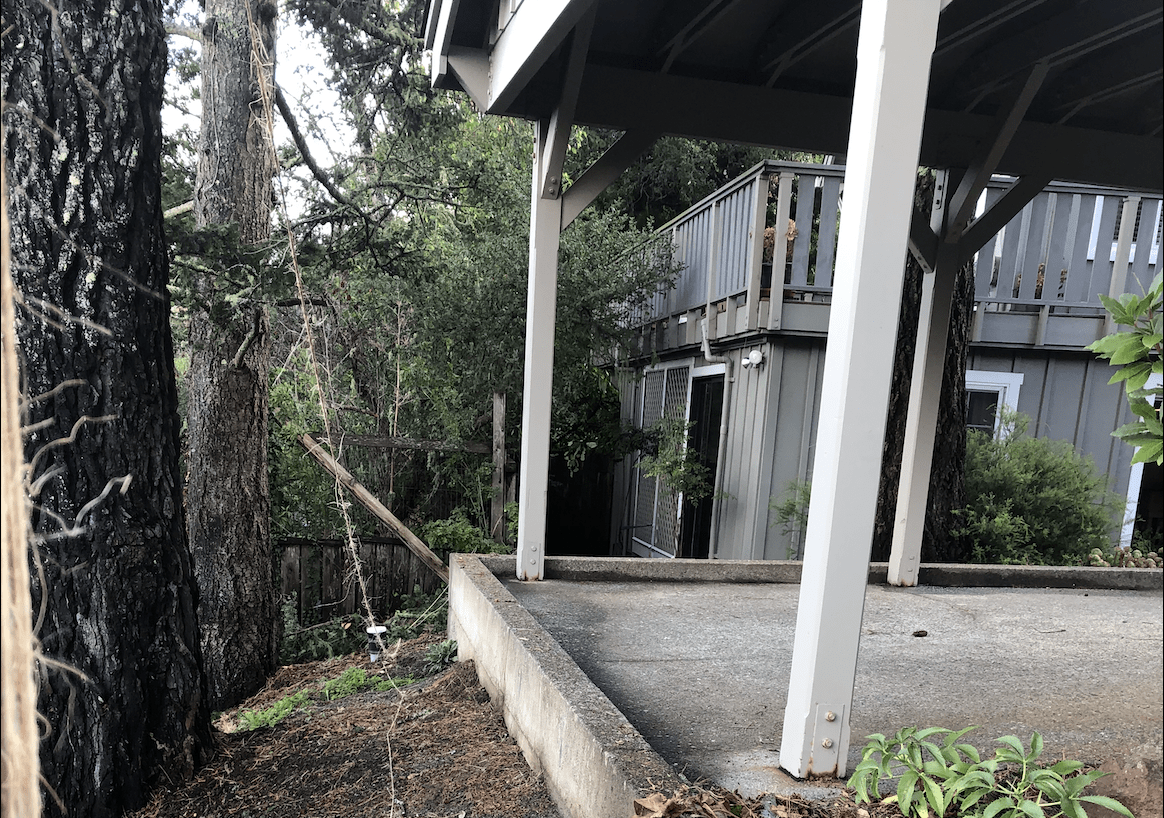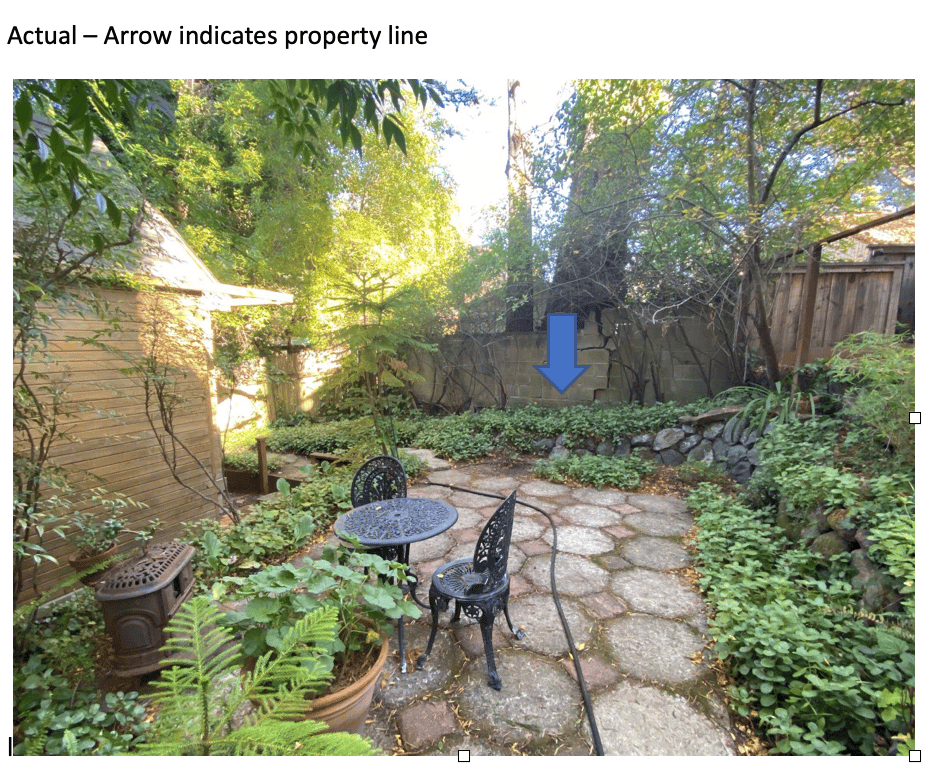The home buying process is comprised of much of the same methods as nearly twenty years ago, yet there are stark differences that make the process of today more difficult to wade through. When deciding to purchase a new home, then and now, you still have to face your financial standings, and decide on the space you need, and the amenities you desire. Location is still the primary factor in house hunting, though the cost has become a large factor.
Before the housing fall in 2008, there were many options on how to pay for your new home, credit requirements were different, and homes were not valued quite so high. Purchasing a home wasn't as tedious as it is today. This article will explore the differences between the housing market twenty years ago and today's market. What has changed, and was it for the better?
Home buyers have changed
The first major change in the last twenty years is the homebuyer themselves, according to a Harvard paper published by Shannon Rieger, Jonathan Spader, and Sean Veal, The Shifting Profile of First Time Homebuyers: 1997-2017. Twenty years ago, homes were bought as a natural family process. Couples would get married and then look for a new home for their family to grow into. Today the housing market is a bit different. First-time homebuyers are approximately the same age as twenty years ago, but with one major difference – the demographics of the new home buyer.
Singles, friends, and couples that have yet to be married are purchasing new homes. After the purchase of the home is when the family dynamics are changing, contrary to twenty years ago. The current increase in inflation and housing prices is causing the new homebuyers some difficulty financially, so a great deal of young potential homebuyers are still living with parents or renting homes.
The younger individuals are seeking higher education to pursue higher-paying jobs in fields they feel passionate about, which increases their costs of living before housing is included. Dorms, small rental homes, apartments, and their childhood bedrooms are becoming the normal place for young adults in college until they achieve graduation and find a job in their chosen field. This in itself is leading to first-time homebuyers waiting until their late 20s and early 30s before deciding to purchase a home.
Savings have decreased
One of the most significant changes in the last twenty years is the ability to create enough savings to use as a down payment on a new home. Renting is supposed to allow the future homebuyer a chance to put away some funds for their future, but the rising costs of today are reducing the number of excess funds available to be stashed in savings accounts.
Interest rates on savings accounts have declined since 2010 and are producing less than half of the profit on savings as before. Housing prices have also increased, making the down payment requirements higher than some buyers can afford. Younger students can't even imagine attempting to save because of the high cost of tuition, books, food, and the low income of part-time jobs which give them time to attend school.
Saving may not have been easy twenty years ago either, but at least the return on the savings account interest could be counted on to build some extra funds. House prices were lower by average than in today's market, and less was required up front to obtain a home mortgage.
Mortgage lending regulations changed
The housing boom of 2007 had a great impact on the purchase of homes across the nation. Options were available to home buyers in order to get the home sold quickly. Mortgages were granted to low credit buyers with varying payment options in place. Sales of homes skyrocketed as individuals believed owning a home was a great long-term investment that will pay well.
Homes are long-term investments, but the reality is that upkeep, energy needs, maintenance, and renovations are not as cheap as renting is. The realization came when the mortgages, utility bills, and maintenance costs began to pile up on the unsuspecting new homeowners. Foreclosures began within a year and produced the market fall of 2008.
One of the main reasons the new homeowners were unprepared for the new expenses is because lenders were not required to produce a cost of the loan document prior to the signing of the mortgage agreement. Statements that led buyers to believe their mortgage was actually lower than it became the normal way to do business. Homebuyers quickly became victims of mortgage companies who didn't disclose all of the costs of homeownership.
Today the laws have changed, some will say for the better others will say it makes it harder to own a home. One of the major changes is the documentation prior to the mortgage agreement. You will get a look at the highest potential interest, payment, closing costs, lawyer fees, and escrow amounts before you agree to take the loan. Having the documentation prior to closing gives the new homebuyer a look into if they can actually afford to own the new home with the income currently coming in and expenses already in place.
Supply and demand
Homes are a finite resource, even though millions are built yearly. Up until 2008, the housing market was competitive because of the lack of homes people desired to purchase. In the housing market fall, the problem became that there were simply too many homes on the market for those who could afford to purchase. This created a buyer's market where a buyer has the choice of several homes and negotiating power to purchase at a price with which they are comfortable. Building new homes became a new fad due to the lower cost of land and construction.
Fast forward to today and the housing market has recovered greatly. Sellers now have the advantage to negotiate for higher profits on homes and land as the demand for housing increases. Buyers are faced with increasing prices, higher interest rates, and relationships with insurance companies forged by the mortgage company. Selling a home now can greatly profit the few individuals that managed to hold onto their homes during the 2007 housing boom as house prices have nearly doubled in value.
Technology greatly increased communications

There is no doubt that the technology of twenty years ago cannot be compared to today. Real estate agents back in the early 2000s worked like real estate agents on television. They went into the office early, checked out the keys for their appointments for the day, and began the drive through their showings. The two or three showings they scheduled would take most of the day, leaving little time to meet new clients and work on paperwork.
Clients themselves had to browse the newspapers or drive down the streets they were considering living on before finding homes for sale if they were not already working with a real estate agent. Showings were scheduled sometimes weeks in advance in order to accommodate the agent and the buyer. If the particular home didn't quite fit with what the buyer wanted, the process would continue.
Now, agents have keypads with the key to each home secured inside. Mobile phones, email, and social media help get the word out on the homes they have listed. Websites that list the local homes for sale and even offer to pre-approve clients are more common than contacting an agent to find a particular home. The comfort of the client has increased since searches happen at home, and viewings become sales faster with pictures and walkthrough videos available before appointments are made.
Technological advancements have made the real estate market more automated, as Plug and Play elaborate in their article. The technology is available to quickly vet new clients, produce the closing paperwork, and approve mortgages without waiting for the mail, faxes, or even the client's physical presence. Some documents can be signed in emails and sent back to the agent quickly. Closings have become more of a presentation on a large screen with the digital signing of the documents. All steps are taking less time to process than they did twenty years ago.
Last roadblock to homeownership
While twenty years ago you could have an erratic income and still be approved for a mortgage, there is a demand for proof that the mortgage will be covered. Income levels have not changed much, but the mortgage companies would like to see proof you can hold a well-paying job for over two years and manage to have savings on top of your regular expenses. Down payments are now required for almost all mortgages with at least 3% of the value. Even these slight changes have made the dream of homeownership more difficult to achieve.
Work with the Kearney Real Estate Group
Reduce your worries about purchasing your investment properties in San Rafael or Tamalpais Valley by working with the expert team of real estate agents at Kearny Real Estate Group. Trust in the over two decades of experience and negotiation skills the Kearney team has to get your dream home bought quickly or sold easily. Contact the agents at Kevin Kearney today to start your path to homeownership.























